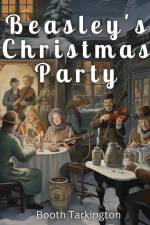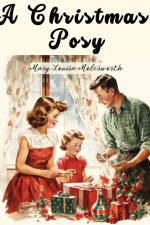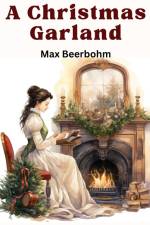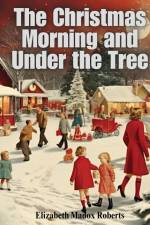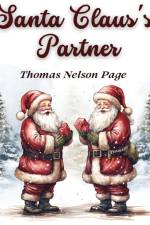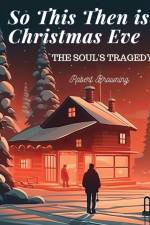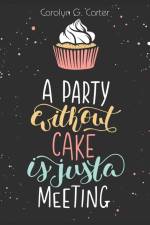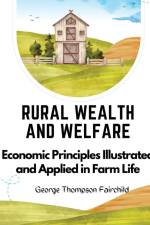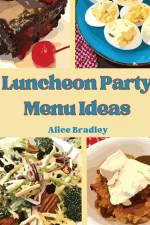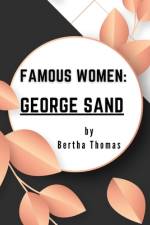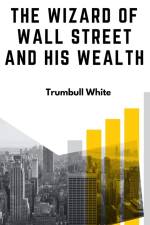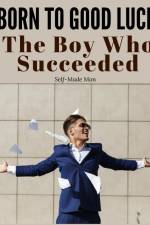av Emma Gray
265,-
When children have passed beyond the rattle age, they reach out their hands for baa-lambs, woolly sheep, cows with bells, cats that meaw, and dogs that say bow-wow. The next advance in amusement is to play with a toy that goes on wheels, and therefore for a half hour at a time, little folk will be content by drawing around the nursery such toys as trains of cars, horses with long tails, express wagons, and then follows the period when pretty lady dolls must go out to drive in a pretty carriage accompanied by mistress baby, whose chubby hands push the doll's carriage ahead, and nurse's ever vigilant eyes keep watch, so that neither baby nor the baby's doll, like the historic Jack and Jill, fall down and break their crown. But, notwithstanding all the toys and amusement therefrom, there will be heard the oftentimes plaintive wail, "Play with me, please play with me." And then it is that the wise mother or nurse will introduce a simple game. Perhaps Puss in the Corner, or Blind Man's Buff, or perhaps hide behind a large chair or screen and call aloud, "Where am I?" and such a mischievous laugh will follow when the toddling child finds the one who has thus hidden! From this period game follows game, just as naturally as year follows year, and even when the little tot has grown to womanhood or manhood, the cry is still heard, "Play with me, please play with me," thus illustrating the trite words, men and women are only children grown up. Therefore the variety of games within this book: Games suitable for all ages, for all temperaments; games for the house, and games for the field; games for the girls, and, games for the boys; games for the young, and games for the old; games for St. Valentine's Day, games for Christmas Day, -games for all seasons, games for all climes. Thus may the year be filled with jollity!

